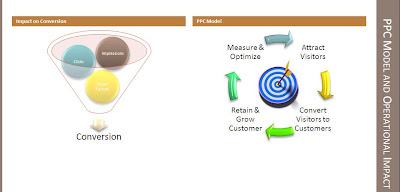A common question that every advertiser has, I would like to improve my conversion while lowering my cost and improving my ROI. Having sitelinks provides advertiser with more option to inform their audience about products. These sitelinks are available at Campaign level at Ad extensions tab. Upto 10 sitelinks are available for advertisers. If the search term is applicable to appear in the top 3 spots on the left side of the Google search, these sitelinks are displayed just below the description. Google Adwords system however only displays minimum 2 site-links and maximum 4 site-links.

Advantage of using Sitelinks for advertisers:
- Segmentation of main product in sub product while the main product is being researched.
- Additional message for audience in the form of sitelinks instead of only description line 1 and description line 2.
- An option to serve the target audience to their specific product or service page.
- Sitelinks helps increasing the CTR by 10% to 30% which in-return would boost the conversion rate from 10% to 40%.
Four actionable tips for sitelinks to improve the performance.
- Sitelinks used should be related to the products on a sub category of which the top level category the target audience is researching for.
- If the target product is meant for a City, it is worth capturing the areas as a sitelinks.
- Description of sitelinks should be descriptive & relay the message. The sitelinks with star (★ ) symbol helps itself standout from the crowd.
- Related best selling products are vital to capture the attention of the audience.
My products are engaged in the business of selling airline ticket for Bangkok. I would than target my campaign Bangkok with four sitelinks which are the name of different adgroup as an areas in Bangkok.
Don't waste money! Find the lowest
Fares. Book Now and Save!
Having related site links in line with the main product would help audience focus on the related product in their initial stage of research and decision making process. For every advertiser it is worth considering the sub products conversion while the main product is being featured such that those on the top radar could be served as site links.
Update: Google doesn't allow usage of special symbols in Sitelinks such that there is no competitive advantage and standard is maintained. Also, please note Google Adwords now supports Sitelink Extension.








